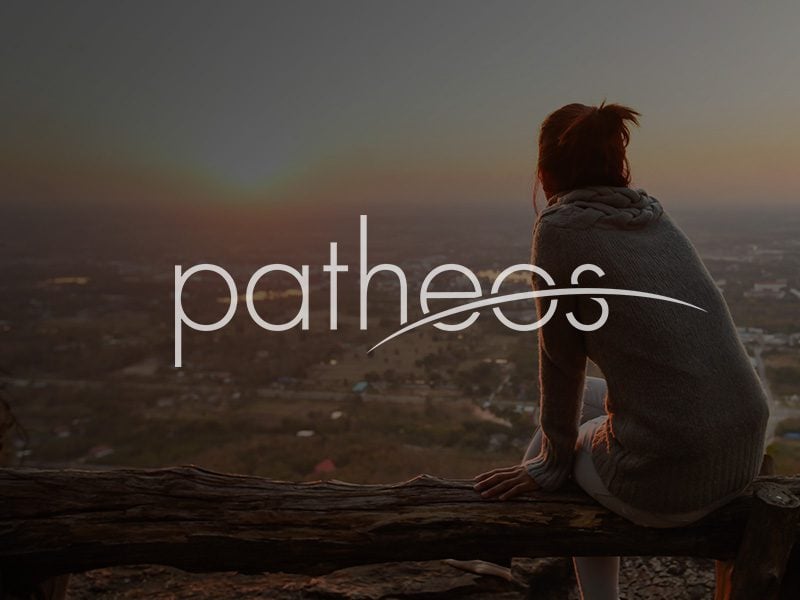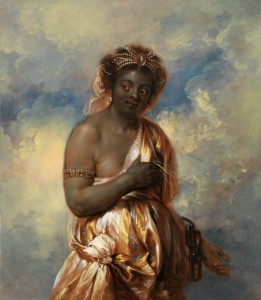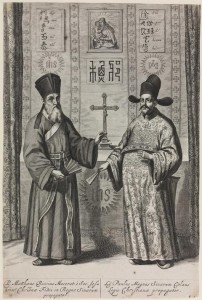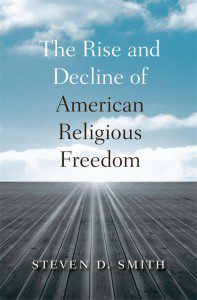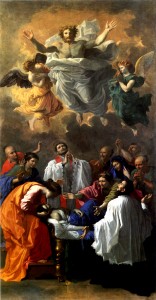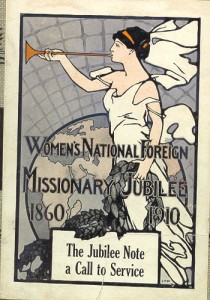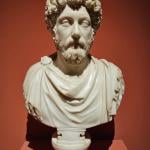Over at The Gospel Coalition, I recently reviewed The Twilight of the American Enlightenment: The 1950s and the Crisis of Liberal Belief, by my doctoral advisor George Marsden. One of the things that I admire the most about Marsden as a history writer, which I see again in Twilight, is his clarity. (Wilfred McClay agrees, calling Twilight “sprightly and compulsively readable” in his Books & Culture review.) Even though he often writes on high-level intellectual history topics, Marsden’s work is universally lucid and accessible... Read more



